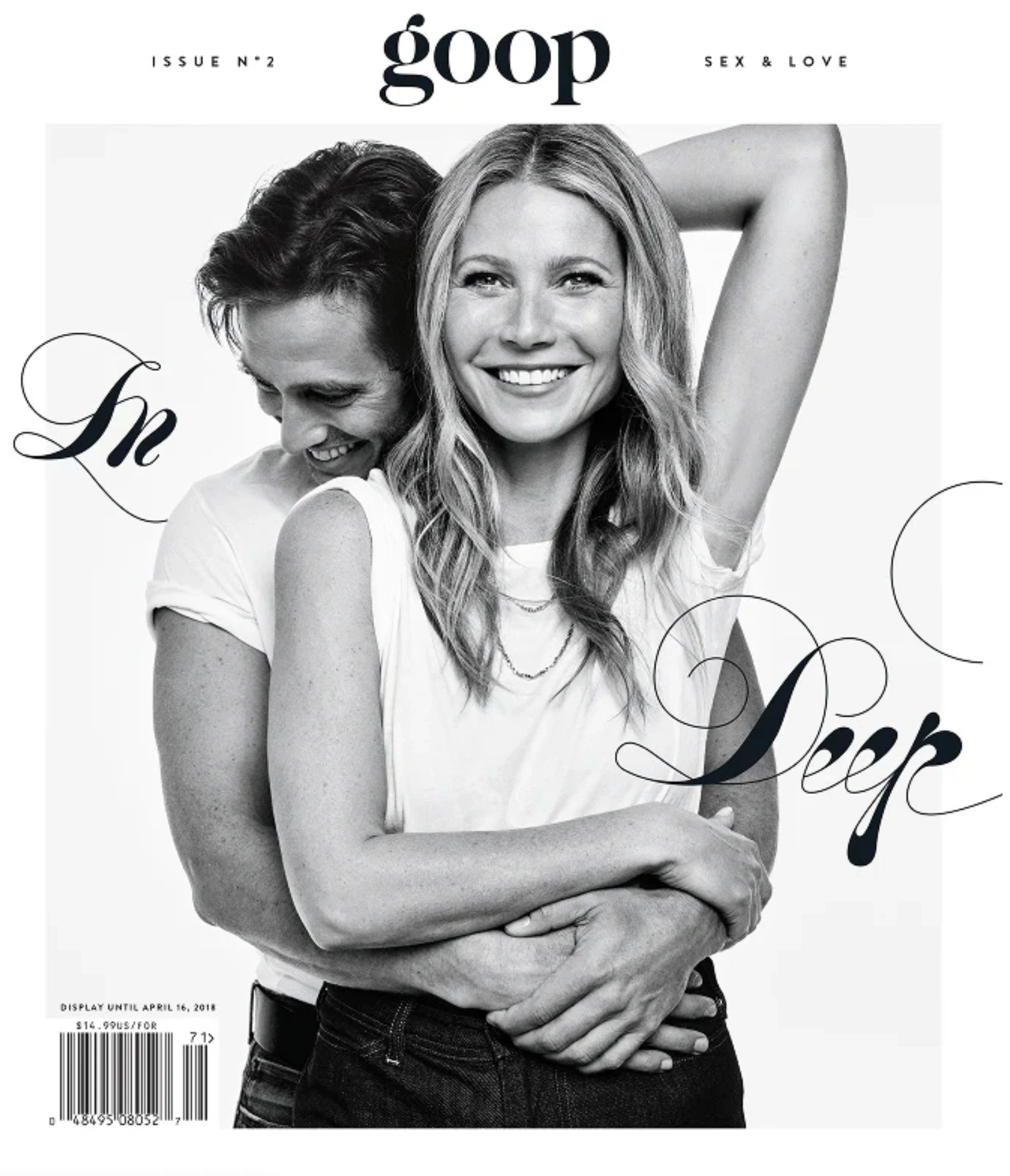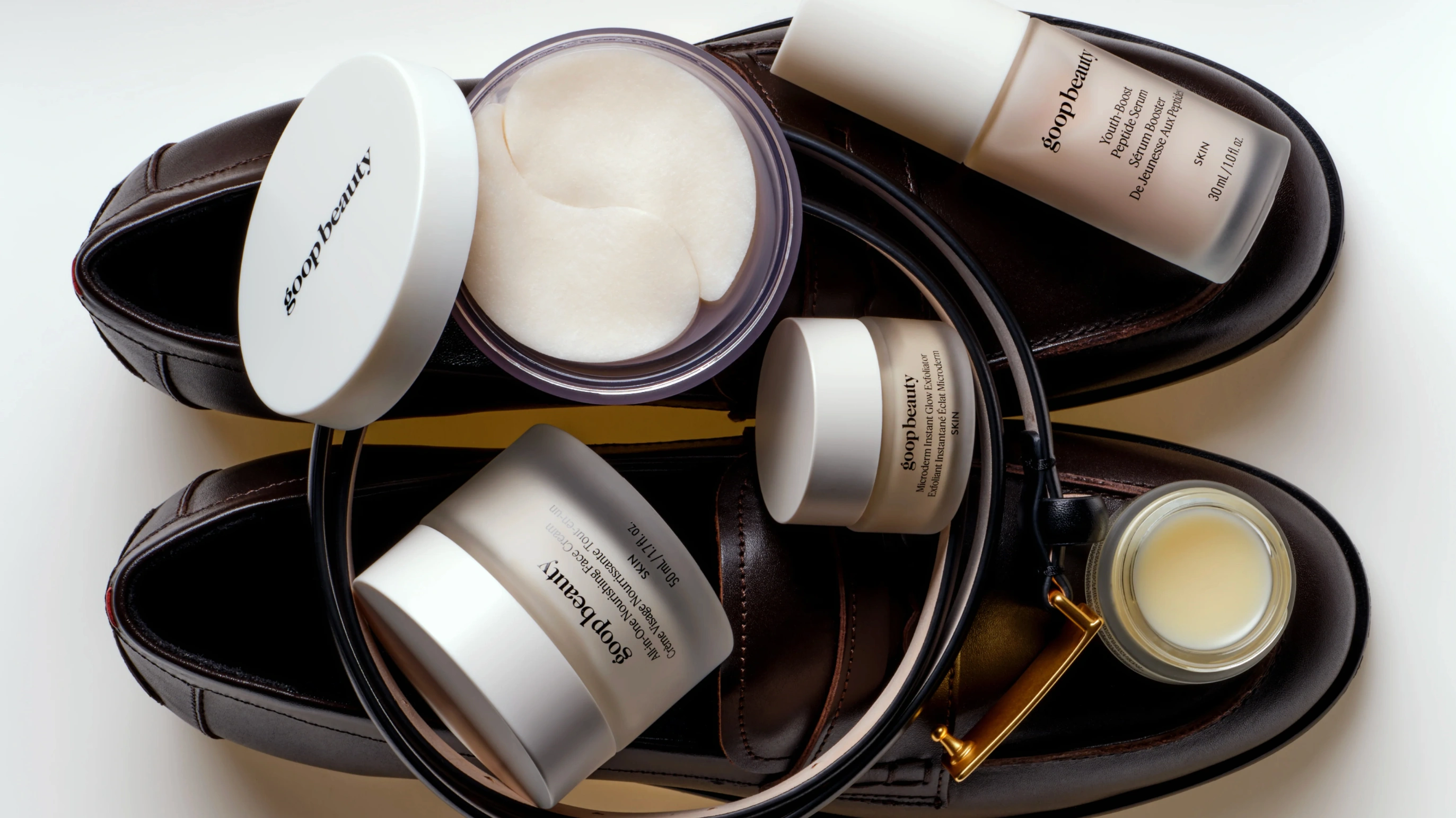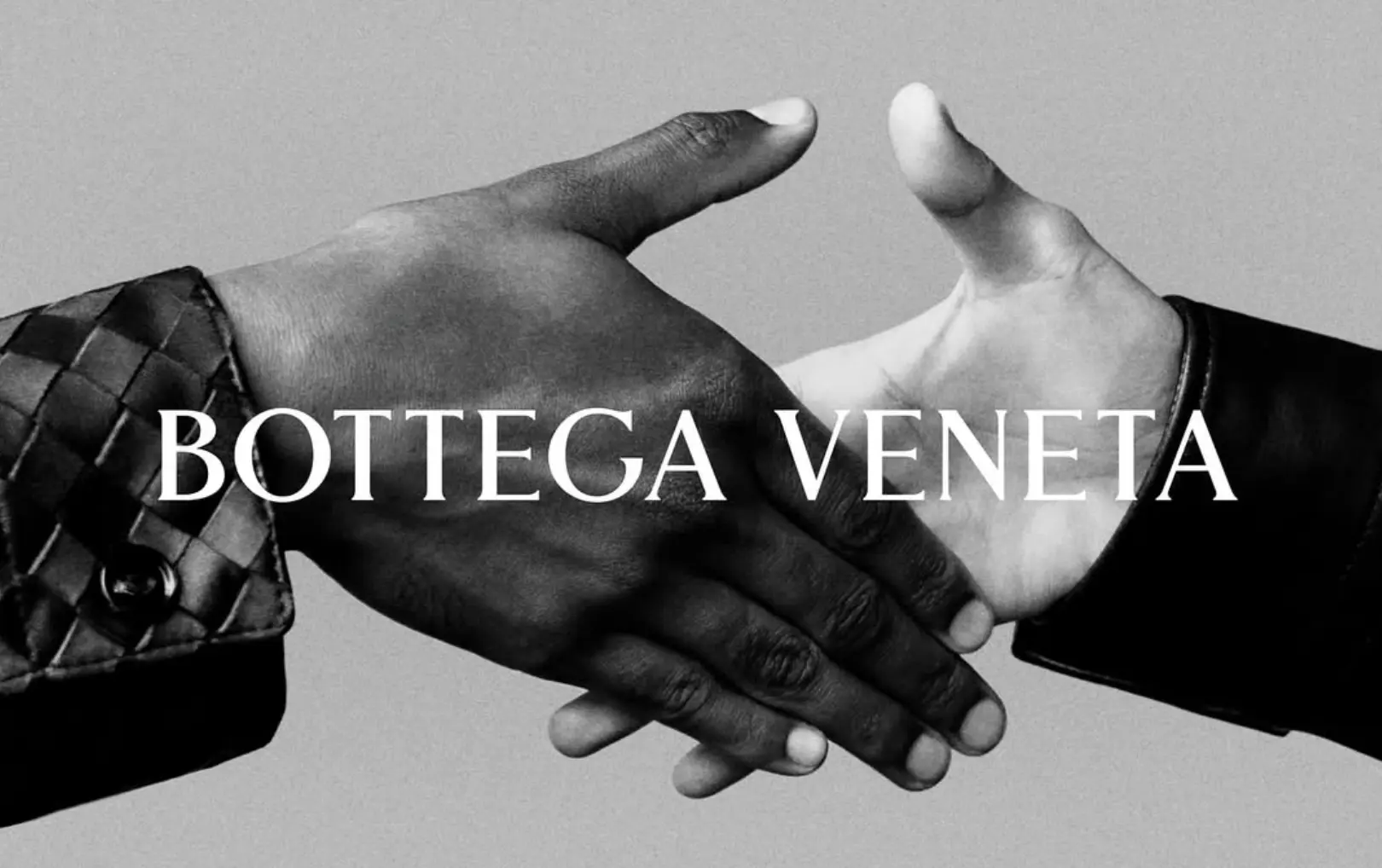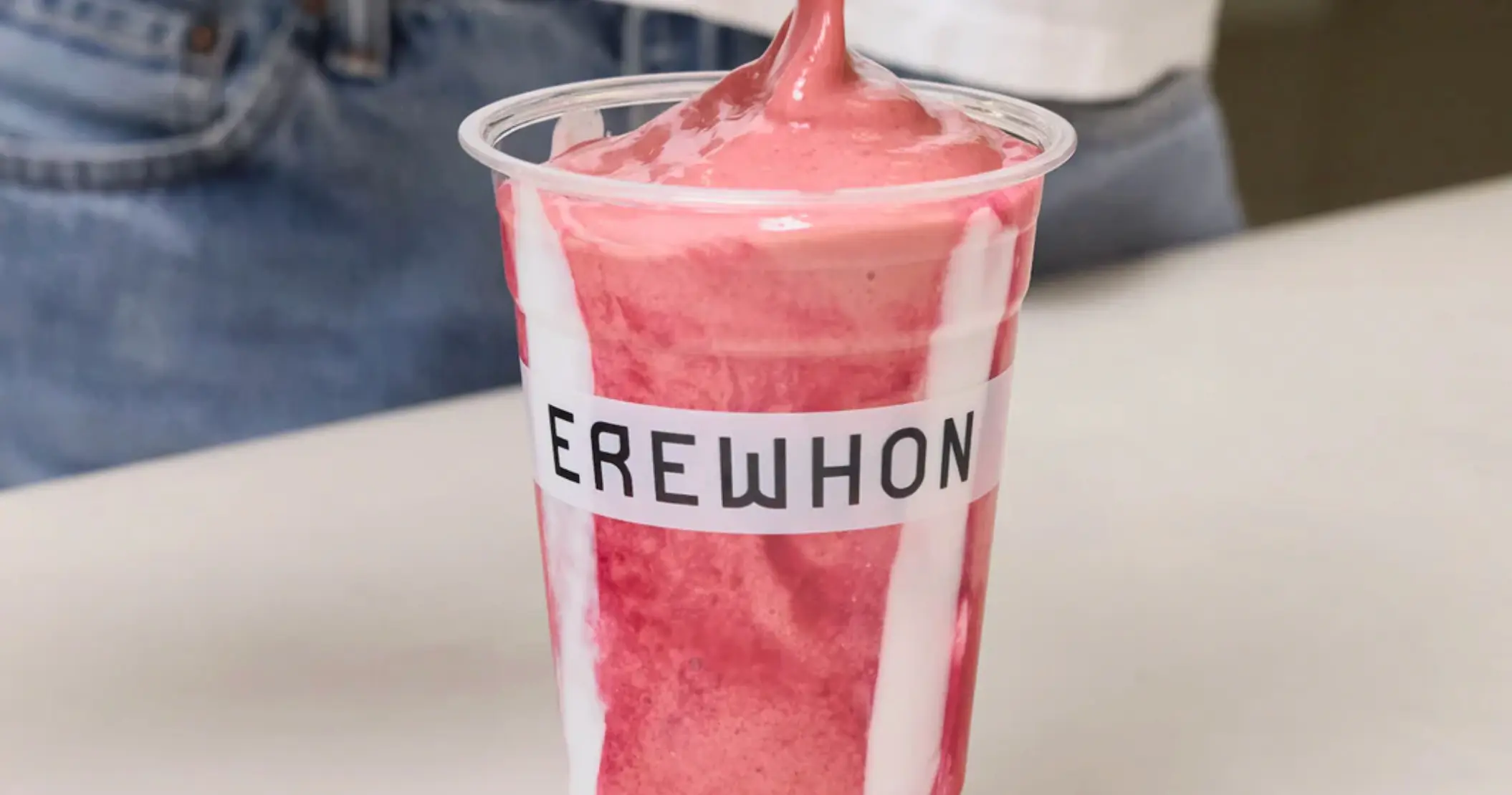Inside The Goop Empire: How Gwyneth Paltrow’s Brand Turned Wellness, Content, And Controversy Into A Business
Updated on
Published on

Gwyneth Paltrow launched Goop as a simple email in 2008; today, the Goop empire spans beauty, fashion, supplements, media, and global retail. What began as “Gwyneth’s picks” evolved into one of the most talked-about wellness brands in the world, and a case study in celebrity-led brand building. Goop’s marketing strategy relies on storytelling, contextual commerce, and a willingness to flirt with controversy that keeps the brand permanently in the conversation. For marketers, Goop shows how a founder-led narrative and a strong point of view can turn a polarising idea into a durable business.
- Goop grew from newsletter to fully fledged lifestyle company in under two decades.
- Gwyneth Paltrow’s brand identity is baked into every part of the Goop empire.
- Goop's marketing strategy blends content, community, and high-margin products.
At a Glance
- Goop is a private wellness and lifestyle brand founded by Gwyneth Paltrow in 2008, valued at around $250 million by 2018 and backed by over $140 million in venture funding. (TechCrunch, NYT via El País)
- Roughly 70 percent of revenue now comes from product sales, led by Goop Beauty and G.Label/Gwyn fashion, with beauty up 21–40 percent and fashion up 45–51 percent year over year in recent updates. (Digital Commerce 360, Fashion Network)
- Goop’s marketing strategy uses content-first “contextual commerce” across newsletters, editorial, podcasts, events, and Netflix to funnel readers into curated product ecosystems. (Medium, Retail Connections, Optimonk)
- The Goop empire is intentionally polarising, using headline-grabbing products and “cosmic wellness” ideas to generate outsized earned media while gradually professionalising its science and regulatory teams. (Optimonk, El País)
- After layoffs and restructuring in 2024–2025, Goop is doubling down on three pillars: beauty, food, and fashion, while trimming experiments like budget lines and some media ventures.
From Newsletter To Global Goop Empire
Goop started in 2008 as a weekly newsletter from Gwyneth Paltrow’s kitchen, sharing travel tips, recipes, and wellness recommendations, long before “creator brands” became a playbook. Over time, that mailing list turned into a web platform, e-commerce store, live events, a print magazine, a Netflix series, and a growing portfolio of Goop-branded products. By 2018, the Goop empire was valued at around $250 million, and more recent estimates put it north of that figure, with Gwyneth still holding a majority stake. ( Retail Connections, Creator’s Blueprint)
- The Goop empire began as an editorial product, not a product catalogue.
- Growth came from layering e-commerce, events, and media onto a loyal audience.
- Gwyneth Paltrow’s brand equity and consistent voice anchored expansion.

Content-First, Commerce-Second: The Core Goop Marketing Strategy
From the start, Goop's marketing strategy has been “content first, commerce second”: educate, entertain, and provoke, then suggest highly curated products that fit the story. Case studies describe this as “contextual commerce,” where everything from a detox guide to a travel diary is quietly wired to shoppable links and Goop-branded goods. Gwyneth Paltrow's brand functions as editor-in-chief and muse, turning her personal routines into landing pages you can buy from. (Medium)
- The funnel starts with editorial: newsletters, long-form articles, and guides.
- Products are presented as “solutions” inside stories, not as random ads.
- Goop's marketing strategy monetises curiosity and aspiration rather than pure traffic.
-1.webp)
Multi-Channel Goop: Email, Editorial, Podcasts, Netflix
Email remains the backbone of the Goop empire, with a newsletter-driven model that predates and outlasts many social algorithms. Around that backbone, Goop built a media stack that includes podcasts, books, a Netflix docuseries, live events, and an editorial site that mixes wellness features with shoppable content. Each channel reinforces the others, so someone might discover Goop through The Goop Lab on Netflix, then subscribe, then buy Goop Beauty or a supplement stack. (Optimonk, Robotic Marketer)
- Email and editorial give Goop a direct line to its audience that it owns.
- Podcasts, books, and Netflix expand reach and deepen Gwyneth Paltrow’s brand story.
- Goop's marketing strategy uses each medium to push people toward products and experiences.

Turning Controversy Into Reach (Without Endorsing The Claims)
Goop is as famous for controversy as it is for candles and cleanses, with critics and doctors frequently calling out pseudoscientific or unproven wellness claims. Headlines around jade eggs, detoxes, and the infamous sexually connotated Goop candle generated enormous earned media, even as regulators pushed back and Goop quietly settled some legal issues. In response, the company has built an internal science and regulatory team, but it has not abandoned its taste for provocative products that double as conversation starters. (Optimonk)
- Goop's marketing strategy accepts polarisation as a cost of standing out.
- Controversy drives awareness but also brings scrutiny and legal risk.
- The brand now balances edgy positioning with more formal regulatory processes.
Product Pillars: Beauty, Fashion, Food, And Supplements
Over time, the Goop empire has shifted from broad “lifestyle” experiments toward a tighter focus on beauty, fashion, and food. Goop Beauty and the fashion line (rebranded from G.Label to Gwyn in 2025) have become major growth engines, with beauty revenue up more than 20–40 percent and fashion up over 45–50 percent in recent years. (Fashion Network, The Guardian)
- Product strategy has narrowed to categories where Goop has credibility and margins.
- Gwyneth Paltrow’s brand extends naturally into skin care, fragrance, clothing, and food.
- Goop's marketing strategy builds rituals (morning routine, travel kit, reset week) around these pillars.

Distribution: From DTC To Sephora, Ulta, Target (Then Back Again)
Goop started as a direct-to-consumer site but has steadily layered on wholesale and retail partnerships, from Sephora and Nordstrom to international stockists and, briefly, Target and Amazon for the budget-friendly Good Clean Goop line. When that cheaper line failed to gain traction and underperformed at Target, Goop shut it down to refocus on its core premium positioning and expanded its main beauty line at Ulta instead. (Digital Commerce 360, Business Insider)
- Omnichannel distribution lets Goop meet customers online, in prestige beauty aisles, and in select boutiques.
- Experiments at lower price points showed limits to stretching the Goop brand.
- Goop's marketing strategy now favours premium channels that reinforce the brand’s high-touch image.
.webp)
Global Push: Goop Beauty And “Cosmic Wellness” Abroad
Beauty gave the Goop empire an easier path to international growth than some of its more esoteric content. In 2025, Goop Beauty entered Spain via a partnership with Laconicum, bringing cleansers, serums, and “cosmic wellness” rituals to a new market with messaging built around energy, spirituality, and clean ingredients. (El País)
- International strategy often leads with Goop Beauty and its “clean” positioning.
- Partnerships with niche retailers maintain a curated, premium feel abroad.
- Goop's marketing strategy uses the same wellness narrative but adapts distribution by market.

Restructuring The Goop Empire: Trimming To Grow
Behind the scenes, the Goop empire has faced lawsuits, layoffs, and questions about profitability, leading to multiple rounds of restructuring. In 2024, the company cut about 18 percent of staff and signalled a sharper focus on beauty, food, and fashion, while quietly sunsetting cruises, some media ventures, and the underperforming mass line. (Business Insider, Fashion Network, El País)
- Goop’s marketing strategy is now anchored in fewer, more scalable lines of business.
- Layoffs and closures are part of tightening the Goop empire around what works.
- The brand is still growing revenue but has not publicly confirmed profitability.
Lessons From Goop’s Marketing Strategy
The Goop empire is not a template every brand should copy, but it offers clear lessons on how to build a founder-led business in a noisy category. Goop's marketing strategy shows the power of owning your channels, leaning into a sharp point of view, and letting products emerge from stories rather than the other way around. It also shows the trade-offs of courting controversy and the need to professionalise operations as a company scales beyond a persona.
- Strong editorial and email foundations give resilience when algorithms change.
- A polarising point of view can build cult loyalty but demands careful risk management.
- Gwyneth Paltrow’s brand works because Goop feels like an ecosystem, not a single product line.

FAQ
What is Goop?
Goop is a private wellness and lifestyle company founded by Gwyneth Paltrow that combines editorial content with e-commerce across beauty, fashion, supplements, and home.
Who owns Goop?
Goop is privately held, with Gwyneth Paltrow reported to retain a majority stake alongside venture investors such as NEA, Greycroft, and others.
Is Goop profitable?
Goop has disclosed consistent revenue growth in recent years but has not publicly confirmed profitability, and recent layoffs suggest it is still optimising its cost structure.
Where is Goop based?
Goop is headquartered in Santa Monica, California, with offices, retail spaces, and distribution partners in other markets.
Why is Goop controversial?
Goop is controversial because some of its wellness content and products have made unproven or misleading health claims that critics and regulators have challenged as pseudoscientific.







